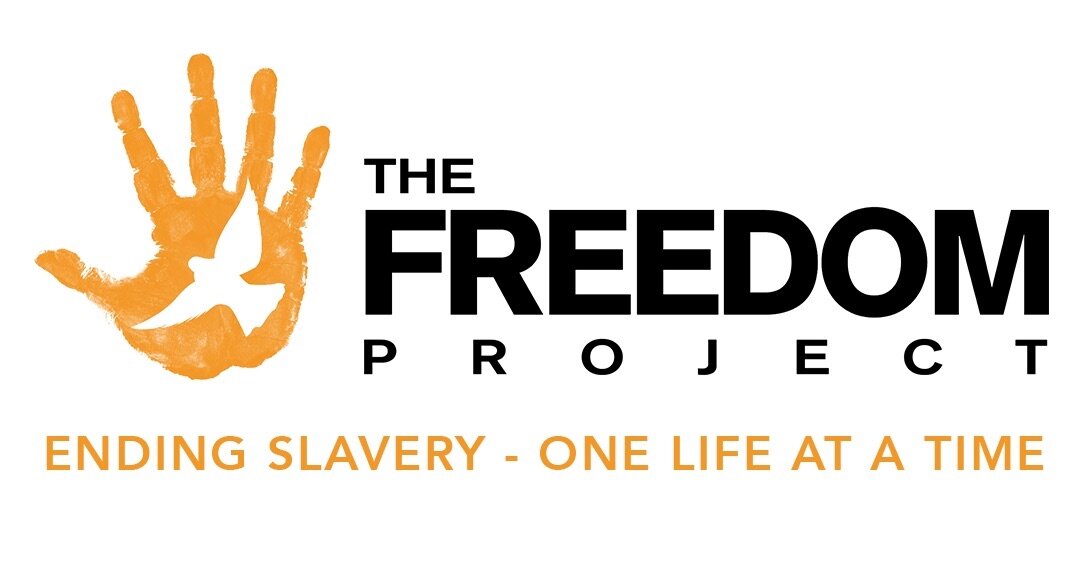How to become a more sustainable and ethically-minded shopper and consumer, from fashion to groceries!
Fast Fashion is ingrained in our daily lives and is difficult to escape. We see advertisements at bus stops, online, whenever we pass through a shopping centre. Fast Fashion is a term used to describe the phenomenon when fashion brands constantly churn out new designs and clothes of a lower quality to keep up, or create, trends. These clothes are designed not to last in terms of trendiness and durability so that consumers are made to keep on buying clothes. Typically in these kinds of stores, clothes are also relatively cheap and are often on sale, so shoppers are encouraged to buy more clothes than they may actually need. This may seem harmless at first, but there are inherent systemic patterns and forces that lie behind fast fashion’s appeal that cause serious social and economic injustices.
Modern slavery is the key driving force behind many fast fashion brands. Clothes become incredibly cheap because companies are able to cut labour costs through the exploitation of workers. According to UNICEF, around 170 million children are child labourers, with many of them in the textile and fashion industry, used for their small and nimble fingers to pick cotton and perform other low-skilled labour tasks (Moulds, n.d.). Many others are told that they will be paid fair wages, but are ultimately lied to (Moulds, n.d.). Workers often labour in unsafe conditions, which result in industrial disasters such as the Rana Plaza incident in Bangladesh, where 1134 were killed and around 2000 injured when the building they were working in collapsed (Adams, 2018). The key issues surrounding modern slavery and fast fashion are the forced labour conditions that workers are put under, paid way below minimum wage and in buildings that are unkept, as well as the inability for workers to unionise (Adams, 2018). A more broad challenge in dealing with the fast fashion industry is dealing with the multitudes of supply chains involved in creating clothing: from harvesting material, to transport, to the actual creation of the clothing and its assembly, there are an incredible number of working parts that need to be monitored (Kincaid and Nunn, 2018).
The question is, what can we do in the meantime to reduce our footprint and contributions to the problems behind the fast fashion industry? It is important to couple that with a sense of personal awareness and contribution. First, we need to re-evaluate our buying habits, especially when it comes to clothes. Fast fashion thrives off of selling large amounts of clothing cheaply, so we tend to buy more than we actually need. Instead of buying more, find places that sell good quality, long lasting basics that you can wear over and over again. Vintage and second-hand sellers are also good sources of clothes that are past the supply chain of fast fashion. Another way to give back is to go through your old clothes and instead of throwing them away, find a place to donate them or sell them second-hand. This way, old clothes won’t go to waste but to someone who may need them and appreciate them more. Finally, take a look at how the brands you shop at score on certain grading systems, like the Baptist World Aid’s ethical fashion guide. These scores are based on different clothing company’s compliance with certain workplace regulations and how effective they are at ensuring their workers and supply chain are safe from modern slavery.
The amount that we can do to help people who suffer from modern slavery conditions in the fast fashion industry is limited. But, a good start is actively weaning ourselves from the consumerist tendencies that we have developed and practicing what we preach. Changing from fast fashion to a more sustainable and ethical lifestyle is possible and attainable, and opens us up to think about how best to more actively tackle the issue.
Written by Sofie Barr
Sofie is a volunteer with The Freedom Project, she has a passion for communicating realities of modern-day slavery with the greater public and helping to shed light on the issues in practical ways.
Sources:
https://labs.theguardian.com/unicef-child-labour/
https://baptistworldaid.org.au/resources/2019-ethical-fashion-guide/
